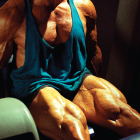 Dehydroepiandrosterone, or DHEA, is the most abundant circulating androgen in the blood—with 100-times-higher levels than any other circulating steroid, including testosterone and estrogen. The circulating form of DHEA is attached to a sulfate bond, which extends the time it’s available in the blood.
Dehydroepiandrosterone, or DHEA, is the most abundant circulating androgen in the blood—with 100-times-higher levels than any other circulating steroid, including testosterone and estrogen. The circulating form of DHEA is attached to a sulfate bond, which extends the time it’s available in the blood.
While no one knows its precise functions, the main theory is that DHEA is a precursor of other androgens, including testosterone and estrogen, meaning that it’s a starting substance for their production. Based on that, DHEA was the first so-called pro-hormone supplement sold on the commercial market. It was removed from over-the-counter sales in the late 1980s but was later reintroduced. It remains today the only legally available pro-hormone on the market and is used as the major ingredient in various “testosterone-boosting” supplements, although it is rarely listed under its most common name, DHEA.
Even so, the bodybuilding results obtained from DHEA supplements have been disappointing. In men it does not produce any significant amounts of testosterone, although it does in women. In men DHEA takes a metabolic pathway to be converted into either a metabolite of dihydrotestosterone, known as DHT, or possibly even estrogen, depending on the dose. DHT is considered problematic, since it’s associated with male pattern baldness, prostate enlargement and acne.
DHT is also produced through the actions of the enzyme 5-alpha reductase, which converts testosterone into DHT. Since some anabolic steroids, including testosterone, can be converted into DHT, bodybuilders avoid the problem by using drugs such as finesteride (trade names Proscar and Propecia) that block the conversion by inhibiting 5-alpha reductase type 2. Studies that have examined the combination of testosterone and finesteride have found that even though finesteride lowers DHT by 50 to 75 percent, there is no interference with the anabolic activity of testosterone when the two drugs are used together.
That isn’t the case, however, when another DHT-inhibiting drug called dutasteride (trade name Avodart) is used. Unlike finesteride, which blocks the activity of only one type of 5-alpha reductase—three are known to exist—dutasteride blocks all version of the enzyme. Studies in which older men are given testosterone undecoanate and dutasteride show that dutasteride does appear to block any muscle gains that would otherwise be produced when testosterone is used alone. The implication is that DHT does play a role in promoting muscle gains.
In some ways DHT is more potent than testosterone. For one thing it binds to androgen cell receptors with an affinity that is three times greater than testosterone itself. For most tissues and organs in the body DHT is more potent in its actions than testosterone. That is particularly apparent in the prostate gland. DHT is known to cause prostate gland enlargement, an effect not induced by testosterone itself. Yet testosterone is considered the more active androgen in muscle, and DHT is degraded by enzymes before it can act on muscle androgen receptors. Recent research, however, shows that DHT may play more of a role in muscle than was previously thought.
Recent studies show that both rodent and human skeletal muscle contain enzymes capable of producing androgens in the muscle. Muscle also contains another enzyme that frees DHEA from its sulfate carrier in the blood, which allows the free DHEA to be converted into other, more active androgens, including testosterone and DHT. Normally, the bulk of testosterone in the body is produced in the Leydig cells of the testes, a process in which cholesterol is converted into testosterone through a step-by-step activity of the same enzymes found in muscle. The conversion of DHT in muscle, however, occurs through the actions of enzymes on DHEA and is independent of testosterone. That activity has been shown in rodent muscle in various studies. Studies of older women show that they have more intramuscular testosterone than younger women, suggesting a greater conversion of DHEA into testosterone in muscle.
Having greater intramuscular production of DHT may be advantageous for a number of reasons. For one, as noted, it binds tighter to androgen receptors than does testosterone. In addition, testosterone is subject to conversion into estrogen in muscle via the presence of the enzyme aromatase, whereas DHT cannot be converted into estrogen. Testosterone can also be converted in muscle into a weaker androgen, androstenedione, by the actions of another enzyme. What that all means is that DHT lasts longer in muscle if it can be produced there.
The reason that finesteride doesn’t affect muscle gains is because, as discussed above, it works on only one of the three 5-alpha reductase enzymes, namely type 2. It turns out that human muscle doesn’t produce type 2 5-alpha reductase; instead it contains types 1 and 3, neither of which are affected by finesteride. In the resting state, only a tiny fraction of testosterone is converted into DHT, but the recent identification of the type 3 enzyme changes the picture, as does exercise. In addition, there is the testosterone-independent pathway by which DHEA is converted into DHT in muscle because all the enzymes needed for the conversion are present there. It turns out, however, that another component is required: exercise.
Studies with rats show that endurance exercise appears to turn on the intramuscular enzymes that convert DHEA into DHT. Thus far there is no evidence that the conversion occurs in humans, but the same enzymes also exist in human muscle. DHT has been shown to increase muscle force production, which would relate to increased strength and power, but studies in which subjects have been given forms of DHT have thus far proved disappointing.
For example, one study involved applying DHT in a skin cream for three months. The drug helped to reduce bodyfat but failed to build any muscle or increase strength in elderly men. Another study using the same form of DHT and the same three-month time span did show increased muscle size and strength but to a lesser extent than testosterone.
One possible reason that DHT did not equal testosterone in anabolic potency in those studies is that the dose was too low; they only boosted DHT to normal levels. Studies show that building muscle with the help of testosterone requires higher-than-normal doses, although restoring high-normal levels to men deficient in the hormone will aid muscle growth. Another theory of why testosterone appears to work better than DHT is that testosterone can be converted into estrogen, while DHT cannot.
Regarding exercise, it takes high-volume (more than three sets), high-intensity exercise that focuses on large muscle groups, such as the back and legs, to increase testosterone. Taking shorter rests between sets is also known to boost it.
Interestingly, endurance, or aerobic, exercise also boosts DHEA-S, testosterone and DHT in previously untrained men. As noted above, endurance work activates the enzymes in muscle that produce testosterone and DHT from DHEA in rats. One study of humans evaluated changes in androgen-producing enzymes and testosterone in muscle after weight training and found none; however, the researchers didn’t examine the 5-alpha reductase or intramuscular DHT. As it stands now, only aerobic exercise, only in rodents is known to boost DHT in muscle.
New drugs currently in development called selective androgen receptor modulators, or SARMS, interact with cell androgen receptors but don’t affect androgen-sensitive tissues, such as the prostate gland. Many scientists think that they will eventually replace testosterone in treating men with testosterone deficiencies, since SARMS provide many of the anabolic benefits of testosterone without some of the side effects, especially in the prostate gland. Studies show that they provide mild anabolic effects comparable to DHT. The question is whether the intramuscular production of DHT adds to an anabolic effect induced by exercise-—and whether the effect only occurs during aerobic exercise.
The answers await further research; however, it is known that the enzymes needed to produce both DHT and testosterone in muscle do exist in human muscle. How that will affect gains in muscular size and strength is anybody’s guess at this point. Since DHT does boost muscle force, it’s likely that having more intramuscular DHT will enable you to train more intensely and may even aid you in gaining strength. It would also be interesting to see if this effect in humans is triggered exclusively by aerobics, as it is in rats. Since many bodybuilders consider aerobics to be conducive to muscle loss, that idea may have to be reconsidered.
Editor’s note: Jerry Brainum has been an exercise and nutrition researcher and journalist for more than 25 years. He’s worked with pro bodybuilders as well as many Olympic and professional athletes. To get his new e-book, Natural Anabolics—Nutrients, Compounds and Supplements That Can Accelerate Muscle Growth Without Drugs, visit www.JerryBrainum.com. IM
Yarrow, J.F., et al. (2012). Intracrine and myotrophic roles of 5a reductase and androgens: a review. Med Sci Sports Exerc. 44(5):818-26.













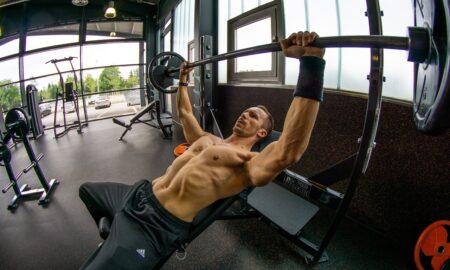
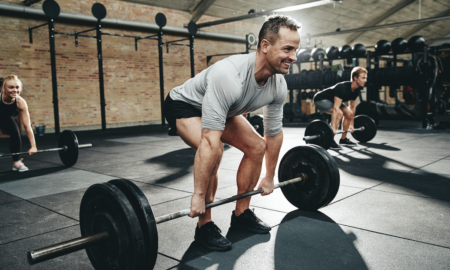
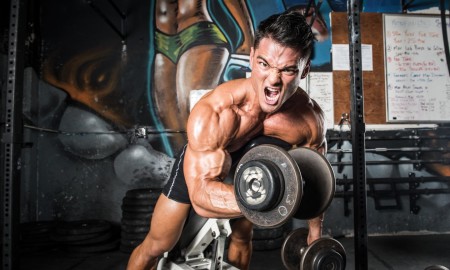

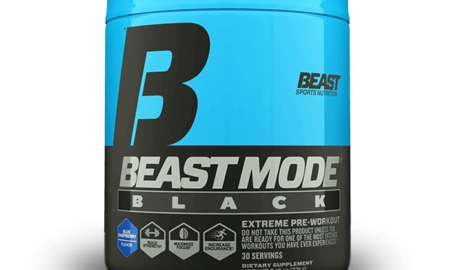
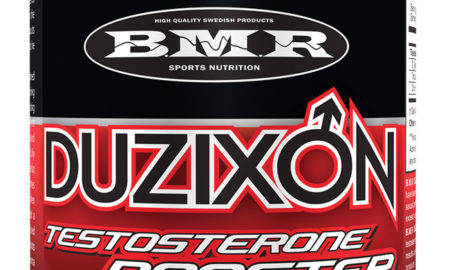
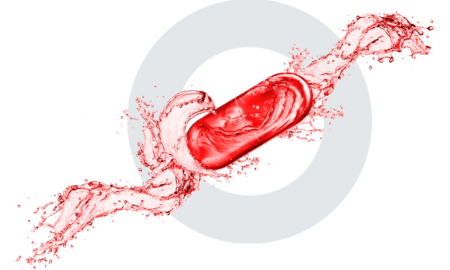
You must be logged in to post a comment Login